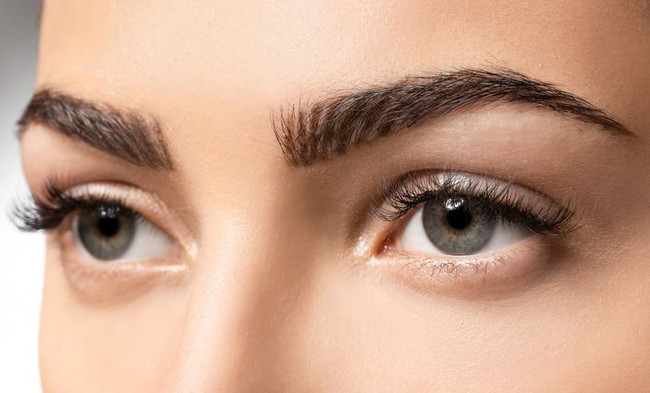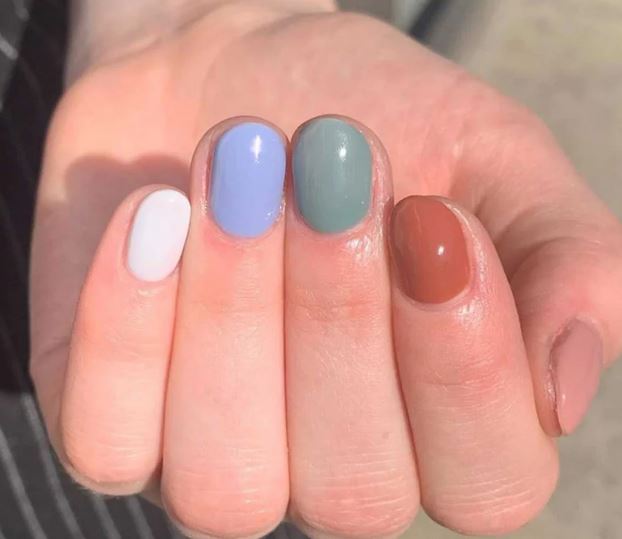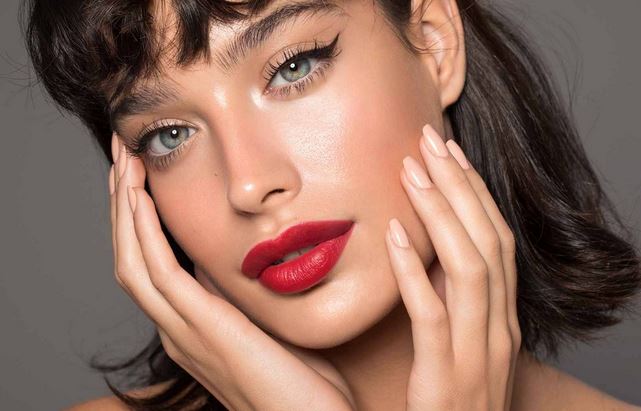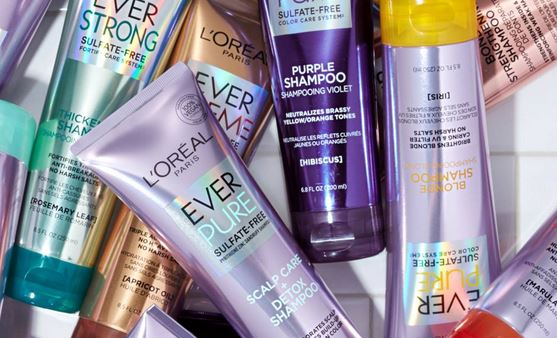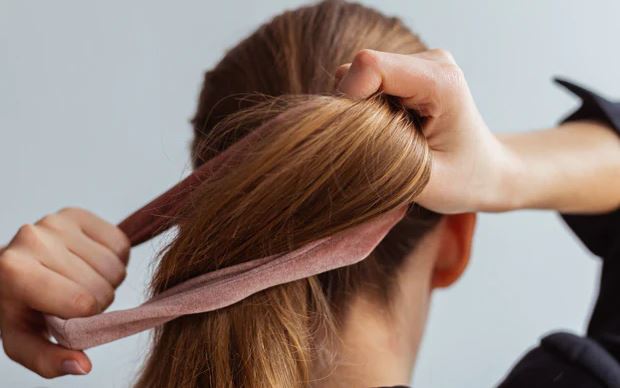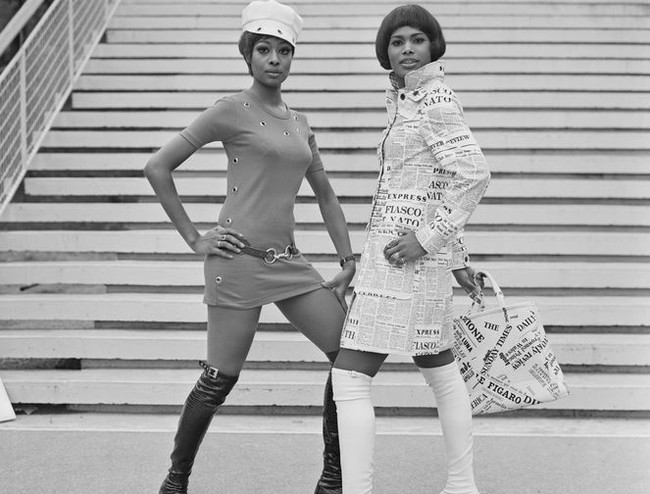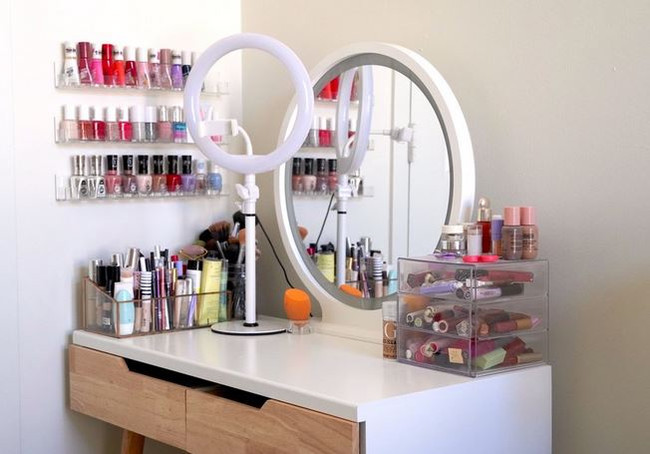The Art of Color Correcting: Concealing Imperfections | |
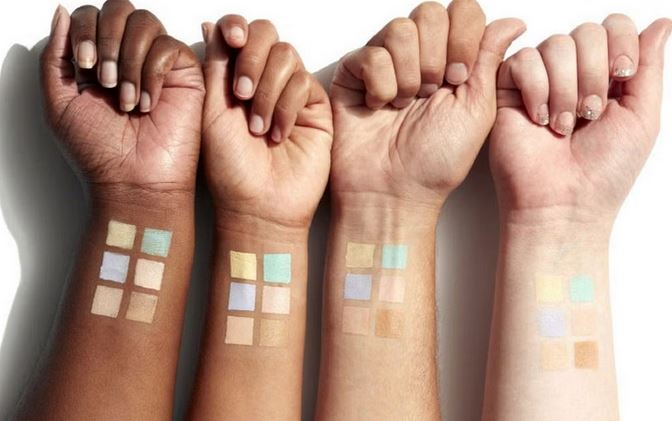
| |
Color correcting has become a popular technique in the world of makeup, allowing us to conceal imperfections and achieve a flawless complexion. Whether you're dealing with dark circles, redness, or discoloration, color correcting can be a game-changer. In this article, we'll explore the art of color correcting and how it can help you achieve a smooth and even base for your makeup. From understanding color theory to choosing the right products and techniques, we'll guide you through the process of concealing imperfections like a pro. 1. Understanding Color TheoryTo effectively color correct, it's important to understand the basics of color theory. Different colors on the color wheel can neutralize or cancel out specific imperfections. Here are some key color correcting principles:
By identifying the specific color concern you want to address, you can choose the correct color corrector to achieve a more even skin tone. 2. Choosing the Right Color CorrectorWhen it comes to color correctors, there are various formulas to choose from, including creams, liquids, and sticks. Consider your skin type and preference when selecting a product. Additionally, opt for a color corrector that complements your skin tone and addresses your specific concern. Remember to test the product on a small area of your skin before applying it to your entire face to ensure a seamless match. 3. Prepping Your SkinBefore applying color corrector, it's crucial to prep your skin properly. Cleanse your face and follow up with a moisturizer suitable for your skin type. Allow the moisturizer to absorb fully before moving on to the next step. This will create a smooth canvas and help the color corrector blend seamlessly into your skin. 4. Applying Color CorrectorTo apply color corrector, start with a small amount and build up as needed. Using a clean brush or your fingertips, gently tap or dab the corrector onto the areas of concern. Blend it outwards using light patting motions until it seamlessly merges with your skin. Avoid rubbing or dragging the product, as this may disturb the color correction. 5. Layering Concealer and FoundationAfter color correcting, it's time to layer concealer and foundation to create a flawless finish. Choose a concealer that matches your skin tone and apply it directly over the color corrector. Gently blend the concealer using a brush or a beauty sponge. Follow up with your favorite foundation, ensuring that it matches your skin tone. Blend the foundation evenly over your face, being careful not to disrupt the color correcting work you've done. 6. Setting Your MakeupTo ensure your color-corrected makeup lasts all day, set it with a translucent powder or a setting spray. Lightly dust a small amount of powder over your face, paying extra attention to the areas where you applied color corrector. This will help lock in your makeup and prevent it from creasing or fading throughout the day. FAQs1. Can I color correct without using foundation?Absolutely! Color correcting can be done on its own without using foundation. If you prefer a more natural look or have minimal imperfections to conceal, you can simply follow the color correcting steps and skip the foundation. Just be sure to blend the color corrector well and set it with a powder if desired. 2. Can I color correct with multiple shades?Yes! Depending on your specific skin concerns, you may need to use multiple color correctors. For example, if you have both redness and dark circles, you can use a green corrector for the redness and a peach or orange corrector for the dark circles. Layer the correctors accordingly, ensuring that you blend each one well before moving on to the next. 3. Can I color correct with different textures, such as cream and liquid?Absolutely! Color correctors come in various textures, and you can mix and match according to your preference. Some people prefer cream correctors for drier skin, while others find liquid correctors more lightweight and blendable. Experiment with different textures to find what works best for you. 4. How do I choose the right shade of color corrector?To choose the right shade of color corrector, consider your specific skin concerns and undertones. Refer to the color theory principles mentioned earlier and select the corrector shade that addresses your particular concern. If you're unsure, consult with a beauty professional or try samples to find the best match for your skin. 5. Can I color correct without using a brush or beauty sponge?While using a brush or beauty sponge can provide a more seamless blend, you can also use your fingertips to apply and blend color corrector. Ensure that your hands are clean and use light tapping motions to blend the corrector into your skin. Wash your hands before and after the application to maintain hygiene. 6. How do I remove color corrector at the end of the day?Removing color corrector is similar to removing makeup. Start by using a gentle makeup remover or a cleansing oil to break down the product. Gently massage the remover onto your skin, focusing on the areas where you applied the color corrector. Rinse your face with water or use a damp cloth to wipe away the residue. Follow up with your regular skincare routine. ConclusionColor correcting is an art that can transform your makeup game and help you achieve a flawless complexion. By understanding color theory, choosing the right products, and mastering the application techniques, you can effectively conceal imperfections and create a smooth base for your makeup. Remember to experiment, practice, and tailor the color correcting process to your unique skin concerns. With a little practice, you'll be able to confidently color correct and enjoy a beautifully even complexion. | |
| Category: Makeup | |
| Total comments: 0 | |

